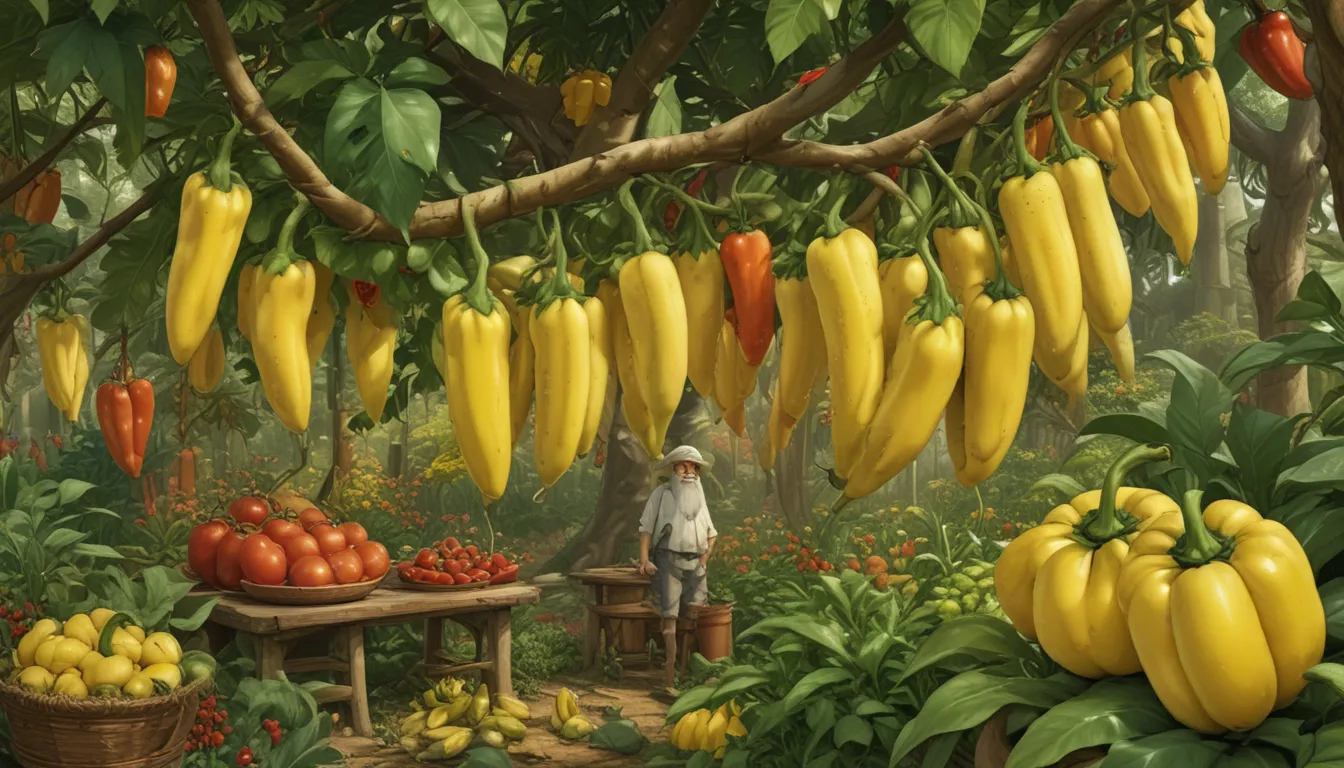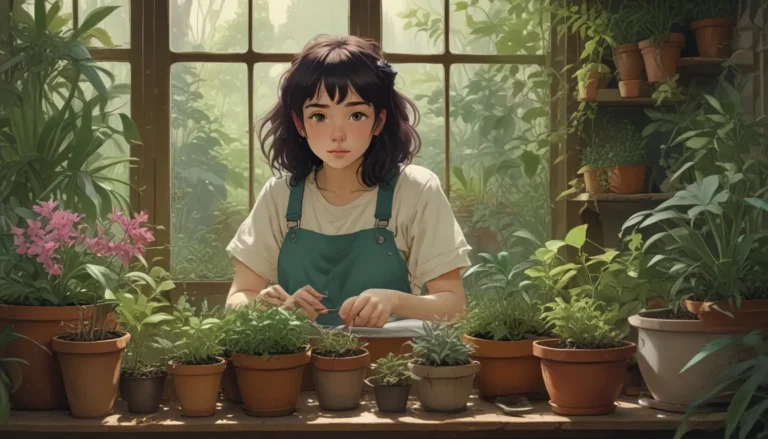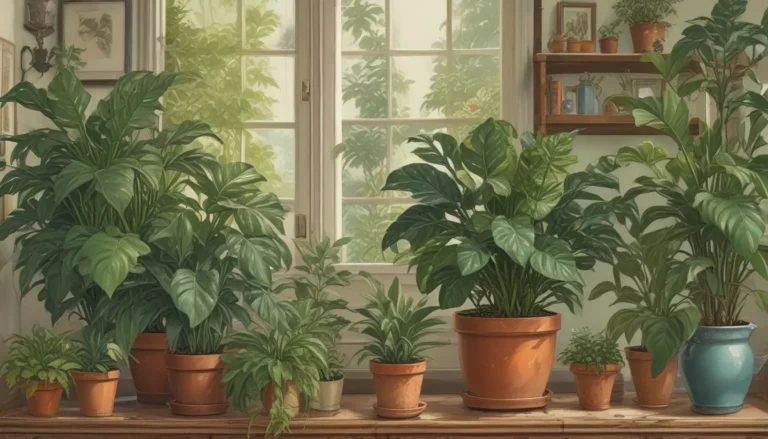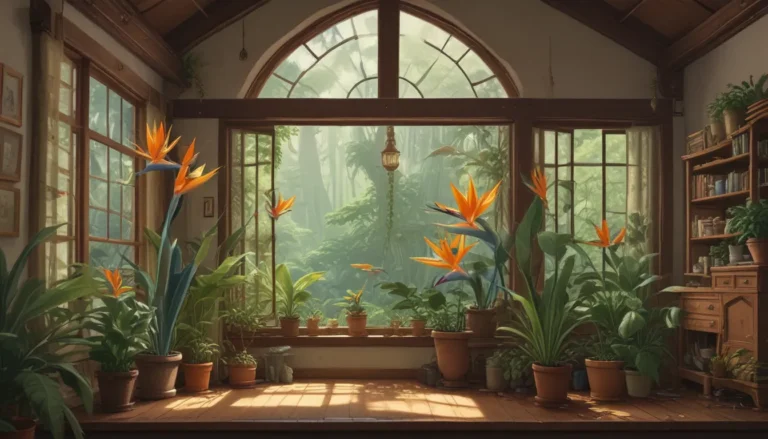The Ultimate Guide to Growing Banana Peppers

Are you a veggie lover like me? If you are, then you’ll be excited to learn all about growing banana peppers. These flavorful peppers, also known as Capsicum annuum, are a fantastic addition to your garden. Today, I’ll share with you all you need to know about growing these versatile peppers. From propagation and cultivation to managing pests and harvesting, I’ve got you covered.
What Are Banana Peppers?
Banana peppers, part of the nightshade family along with tomatoes and potatoes, are known for their five to six-inch tapered fruits. Originating from the Americas, they are popular for their sweet or spicy flavor. You can enjoy them as light yellow fruits when harvesting early, or wait for them to turn bright red for a spicier taste.
These peppers are prolific producers, with each plant yielding at least 30 fruits. From sweet to hot, there’s a variety for everyone’s taste buds. So whether you prefer a mild option for your salads or a spicy kick for your dishes, banana peppers have got you covered.
Propagation
When it comes to propagating banana peppers, starting from seeds can provide you with a wider variety of cultivars. Sow the seeds indoors at least eight weeks before transplanting them into your garden. Make sure to use a sterile seed starting mix and provide sufficient light and warmth for germination.
Tips for Propagation:
- Sow seeds indoors 8 weeks before transplanting.
- Use a sterile seed-starting mix.
- Provide warmth and light for germination.
Transplant the seedlings once the soil has warmed to about 60°F. Ensure proper care by watering at soil level, providing adequate spacing, and adding mulch to retain moisture. After a few months of growth, your plants will be ready for harvesting.
How to Grow
To ensure a successful harvest, banana peppers require specific growing conditions. From full sun to well-draining soil, give your plants the care they need. Be mindful of temperature fluctuations, watering needs, and potential pest and disease risks.
Growing Tips:
- Plant in full sun with well-draining soil.
- Monitor water needs and avoid over-saturation.
- Provide support for larger varieties to prevent breakage.
By maintaining proper care routines, you can ensure healthy growth and abundant fruit production. Watch out for signs of pests and diseases, and take the necessary steps to protect your plants.
Cultivars to Select
With so many sweet and hot varieties available, it’s essential to choose the right cultivars for your garden. From extra-long, hot peppers to compact, mild options, there’s a variety for every preference.
Popular Cultivars:
- Blazing Banana: Extra-long, hot peppers with resistance to bacterial leaf spot.
- Hungarian Hot Wax: Ideal for Mexican dishes with a color-changing fruit.
- Mexican Sunset: A compact plant with an extended fruiting season.
- Sweet Banana: An heirloom cultivar with mild, firm fruits.
- Sweet Sunset: A regional winner with compact size and high yield potential.
By selecting the right cultivars, you can enjoy a diverse range of flavors and heat levels in your dishes.
Managing Pests and Disease
Pests and diseases can pose a threat to your banana pepper plants. From aphids and flea beetles to powdery mildew and bacterial leaf spot, it’s essential to monitor for signs of infestation.
Preventative Measures:
- Monitor plants for signs of pests and diseases.
- Provide proper spacing and air circulation.
- Use organic solutions such as neem oil for pest control.
By implementing proper preventative measures and acting swiftly at the first sign of trouble, you can protect your plants and ensure a healthy harvest.
Harvest and Storage
As your banana peppers ripen, it’s time to prepare for harvesting and storage. Harvest the fruits when they reach the desired size and color, ensuring you taste-test along the way. Store unwashed peppers on the counter for a few days or in the fridge for longer preservation.
Harvesting Tips:
- Harvest fruits at the desired size and color.
- Taste-test to determine flavor and heat levels.
- Store unwashed peppers in the fridge for up to a week.
By following proper harvesting and storage practices, you can enjoy your fresh banana peppers for an extended period.
Preserving
For long-term preservation, consider freezing or pickling your banana peppers. Freezing chopped or sliced peppers can ensure you have a ready supply of fresh produce for your dishes.
Preserving Techniques:
- Freeze chopped or sliced peppers for long-term storage.
- Pickle whole peppers or rings for added flavor and versatility.
- Consider dehydrating peppers for use in soups and mixes.
By exploring different preservation methods, you can make the most of your banana pepper harvest and enjoy them in various recipes throughout the year.
Recipes and Cooking Ideas
From salads and salsas to stir-fries and sandwiches, banana peppers can enhance a wide range of dishes. Consider using them as a substitute for other types of peppers or experimenting with different flavor combinations.
Cooking Inspiration:
- Add chopped peppers to salads, salsas, or sandwiches.
- Use them in stir-fries, grilled dishes, or Mexican-inspired recipes.
- Experiment with different heat levels by adjusting the membrane.
By incorporating banana peppers into your cooking routine, you can enjoy their unique flavor and versatility in a variety of dishes.
Conclusion
Growing banana peppers can be a rewarding experience for any vegetable gardener. By following proper care routines, selecting the right cultivars, and managing pests and diseases effectively, you can enjoy a bountiful harvest of these flavorful peppers.
So whether you’re a fan of sweet or hot varieties, banana peppers have something for everyone. With a little TLC and attention to detail, you can cultivate a thriving garden full of these versatile peppers.
Let me know in the comments if you have any experiences or tips to share about growing banana peppers. Your insights can inspire other readers and help them on their gardening journey.
Happy growing! 🌶️





